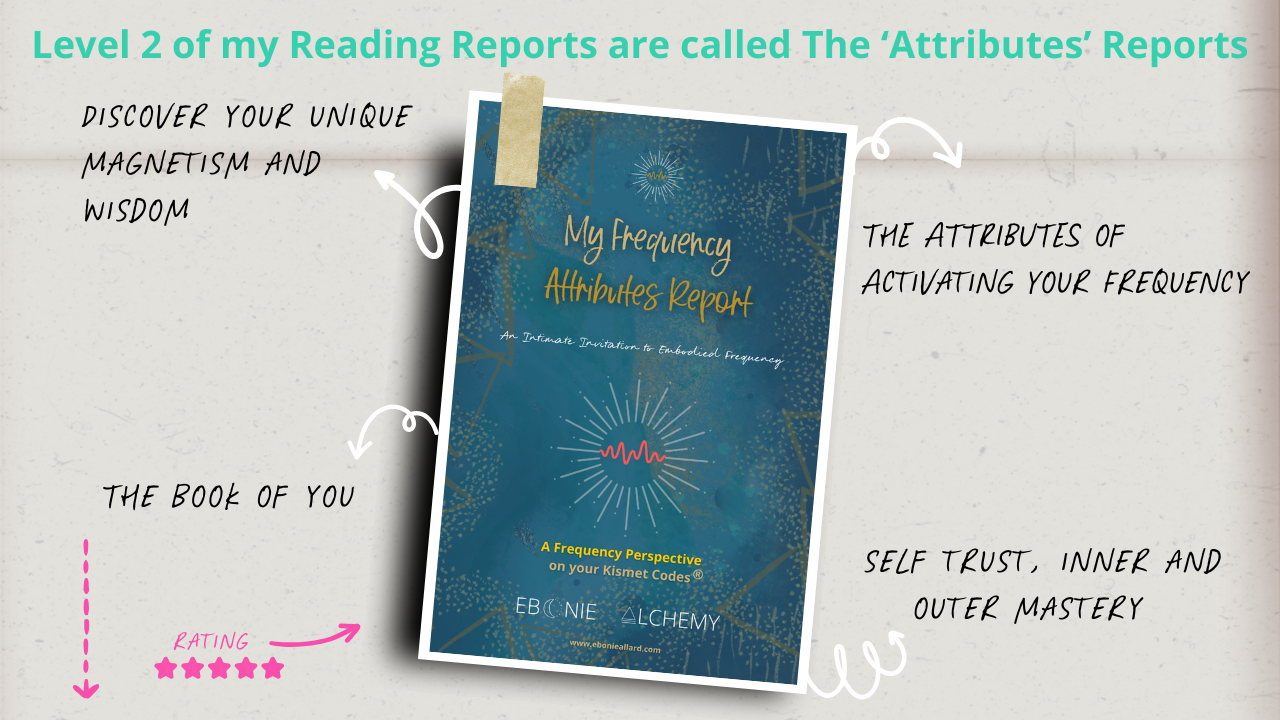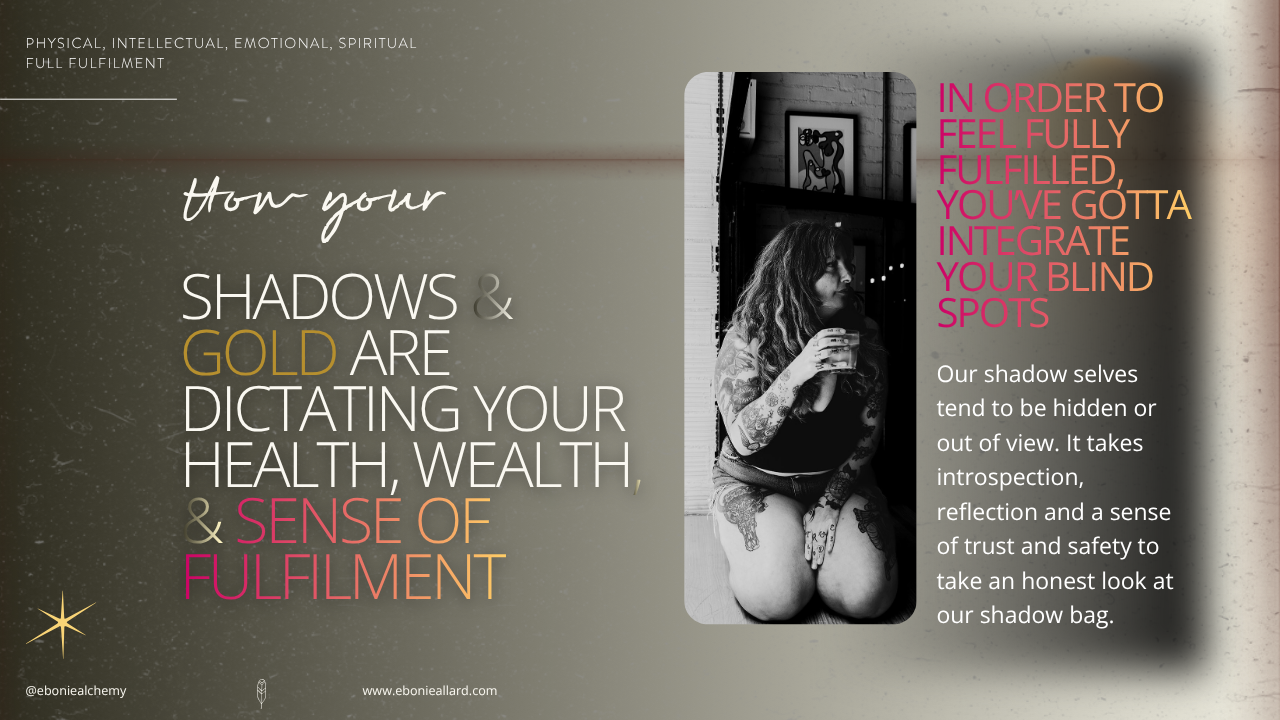
Neuroception & Interoception for Neurodivergence
Jun 15, 2023The Intricacies of Neuroception and Interoception for Neurodivergent folk and how Somatic Awareness and developing higher Polyvagal Tone lead to feelings of belonging and increased intimacy.
All day, every day, we encounter numerous sensory experiences that shape our understanding of the world. There are two crucial concepts at play which significantly impact our perception and well-being; just understanding what Neuroception and Interoception are is likely to increase your EQ, SQ AQ and CQ as well as any other quotient or measure you’re using.
- Neuroception describes how neural circuits distinguish whether situations or people are safe, dangerous, or life-threatening. Neuroception is our brain's subconscious ability to detect and interpret cues from our environment, allowing us to regulate our autonomic nervous system (ANS) and respond appropriately. In simpler terms, it's like an internal radar that scans for safety or threat signals, influencing our emotional and physiological states without conscious awareness.
Neuroception explains why a baby coos at a caregiver but cries at a stranger, or why a toddler enjoys a parent's embrace but views a hug from a stranger as an assault
- Interoception refers to our awareness and perception of internal bodily sensations, such as heartbeat, respiration, hunger, and temperature. It involves the intricate connection between the brain and the body, enabling us to understand and interpret our physical and emotional states accurately. Interoception is a lesser-known but crucial sense that helps us understand and feel what's going on inside our bodies.
People whose neuroception is atypical or extra sensitive may struggle with the interoceptive sense and have trouble knowing when they feel hungry, full, hot, cold, or thirsty. Having trouble with this sense is one of the things that makes self-regulation a challenge.
Neurodivergent individuals, particularly those with conditions like Alexithymia or synesthesia, are highly likely to experience Neuroception and Interoception differently, adding another layer of complexity to their sensory perception. The cues that others tell them they experience are not a match for what they are experiencing.
- Alexithymia: Alexithymia is a condition characterized by difficulties in recognizing, understanding, and expressing emotions. Neurodivergent individuals with Alexithymia may experience challenges in accurately perceiving and interpreting their internal emotional states. This can result in a diminished ability to regulate emotions effectively and navigate social interactions. They may experience a heightened or blunted neuroceptive response, leading to a distorted perception of safety or threat in certain situations. People with Alexithymia also often experience challenges in identifying their emotions and may therefore struggle to articulate their feelings verbally. Experiencing things differently and not having the exact vocabulary for what they are experiencing can make it challenging to connect with others emotionally and understand social cues. This is something that I have experienced but self-awareness, somatic awareness and practised self-expression has helped me to become an emotional ninja. (I joke, I still find emotions uncomfortable, but I don’t resist them anymore and I am much more able to be aware of mine and how they correlate to a more typical experience. Because of this, I am able to be much more articulate in communication, which has led to increased belonging and intimacy.)
- Synesthesia: Synesthesia is a neurological phenomenon where sensory information in one modality involuntarily triggers sensations in another modality. For example, someone with synesthesia may perceive colours when listening to music or associate specific tastes with certain words. My experience isn’t this bold, but I do know that however we experience it Synesthesia adds a unique layer of perception for neurodivergent individuals; blending sensory experiences in ways that might be distinct from typical experiences.
For me Synesthesia is subtle but I have sensory experiences that are interconnected, leading to simultaneous perception across different sensory modalities. This might be described as Claircognisance by some. Scientifically speaking Neurodivergent individuals with synesthesia may have unique neuroceptive responses due to the cross-wiring of sensory pathways. Spiritually speaking it means I have access to the energetic plane in a way that most don’t. Whilst it can absolutely influence our perception of safety or threat, making us sometimes overly sensitive, once understood and interpreted it can lead to some pretty incredible superpowers. Understanding that certain stimuli may evoke atypical sensory experiences, potentially impacting emotional regulation and decision-making makes self-awareness and regulation more complex, but not impossible.
What are the implications of this for you as a neurodivergent person?
Developing somatic awareness and increasing polyvagal tone can have significant benefits for neurodivergent individuals, leading to increased interoception and overall well-being.
Neuroception is autonomic but adaptive so you can increase your ability to neurocept by enhancing your polyvagal tone and by bringing intention and attention to your sense of interoception you’ll become more self-aware and able to interpret your unique body clues and language.
Over the last seven years, I have been researching both academically and experientially the benefits of developing somatic awareness and increased polyvagal tone on my health and well-being and that of my clients and community.
I am going to share with you some of the exercises and techniques that I use myself and with my clients that will help you to enhance your own somatic experiencing, and develop increased interoception, for greater internal safety, deeper connection, belonging and intimacy and enhanced overall resourcefulness.
Why might you want to do these?
Vagal tone improvement
High vagal tone means a higher capacity for stress, change, and challenge and a higher capacity for rest, recharge, and recovery. Likewise, a low vagal tone means the opposite. Low vagal tone means less tolerance for stress, change, and challenge while making it more difficult to rest, recharge, and recover.
Enhanced Interoception
Developing somatic awareness and polyvagal tone can lead to improved interoception for neurodivergent individuals. By cultivating a better understanding of our internal bodily sensations, we can gain insights into our emotional and physiological states, leading to improved self-regulation.
Emotional Regulation
Somatic awareness and polyvagal tone provide neurodivergent individuals with tools to better regulate their emotions. Through an improved connection with bodily sensations, we can identify and express emotions more effectively. This leads to enhanced emotional intelligence, increased self-control, and improved social interactions. By being attuned to our body's responses, we can identify triggers and implement appropriate strategies to manage emotional arousal, reducing the risk of overwhelm and meltdowns.
Improved Communication and Social Interaction
Developing somatic awareness enhances neurodivergent individuals' ability to recognize and express emotions, facilitating improved communication and social interactions. By understanding our own emotional states, we can better relate with others and respond appropriately in social situations.
Stress Reduction
Somatic awareness and polyvagal tone enable neurodivergent individuals to identify early signs of stress in their bodies. This awareness empowers us to implement self-care practices and stress reduction techniques promptly, preventing the escalation of anxiety or stress-related symptoms. Building somatic awareness and polyvagal tone can help regulate the autonomic nervous system, reducing the impact of stress on our body. It promotes the activation of the parasympathetic nervous system, which is responsible for rest, relaxation, and restoration. By achieving a state of physiological balance, we get to experience reduced anxiety, improved sleep patterns, and increased resilience to stressors.
Overall Well-being and Health
Cultivating somatic awareness and polyvagal tone promotes overall well-being for neurodivergent individuals. It supports a sense of connection between mind and body, fostering a positive relationship with oneself and leading to improved physical and mental health.
Sensory Integration
For individuals with conditions like synesthesia, developing somatic awareness and polyvagal tone can aid in sensory integration. By strengthening interoceptive abilities, they can better navigate their unique sensory experiences, reducing sensory overload and promoting a more balanced perception of the world. This can lead to increased comfort, improved concentration, and enhanced cognitive processing.
Are you game?
Here are five Somatic Experiencing exercises that can help increase interoception:
1. Body Scan:
Lie down in a comfortable position and bring your attention to different parts of your body, starting from your toes and gradually moving upward. Pay close attention to any sensations or changes you notice in each area. Practice observing without judgment or interpretation, simply noticing what is present.
2. Sensory Tracking:
Choose a specific sensation, such as warmth, tingling, or pulsation, and focus your attention on it. Notice how the sensation changes, intensifies or dissipates over time. Try to follow its path or location in your body. This exercise helps you develop a greater sensitivity to subtle bodily sensations.
3. Breath Awareness:
Sit in a relaxed position and bring your attention to your breath. Notice the physical sensations associated with breathing, such as the rise and fall of your chest or the airflow through your nostrils. Observe the breath without trying to control it. This exercise helps you cultivate awareness of the breath as a continuous source of interoceptive information.
4. Slow Motion Movement:
Engage in slow, deliberate movements, such as stretching or yoga poses. Pay close attention to the physical sensations that arise as you move, including the tension, release, or subtle shifts in your body. Focus on the interplay between movement and sensation, allowing yourself to fully experience each moment.
5. Body-Mind Dialogue:
Find a quiet space where you can sit comfortably. Close your eyes and direct your attention inward. Begin a gentle, open-ended conversation with your body, asking questions like "How are you feeling today?" or "What do you need right now?" Observe any sensations, emotions, or images that arise in response. This exercise encourages a deeper connection and communication between your mind and body.
Remember, these exercises are intended to enhance your interoceptive awareness. Take your time, be patient, and practice them regularly to develop a more refined and nuanced perception of your internal bodily sensations.
Achieving higher vagal tone is beneficial for overall well-being and has been linked to numerous health benefits. The vagus nerve plays a crucial role in regulating various bodily functions, including heart rate, digestion, and stress response.
Here are five ways you can enhance vagal tone and reasons why you might want to:
1. Deep breathing exercises:
Deep, slow breaths can stimulate the vagus nerve, leading to increased vagal tone. This practice activates the relaxation response, reduces stress, and promotes a sense of calmness. Higher vagal tone is associated with improved emotional regulation, lower blood pressure, and reduced inflammation.
2. Meditation and mindfulness:
Engaging in regular meditation or mindfulness practices can activate the vagus nerve and enhance its function. These techniques help reduce anxiety, improve mood, and promote mental clarity. Higher vagal tone resulting from these practices can lead to better emotional well-being and resilience.
3. Physical exercise:
Regular physical exercise, particularly activities that involve rhythmic movements such as jogging, cycling, or swimming, can increase vagal tone. Exercise improves cardiovascular health, reduces stress, and enhances mood. Higher vagal tone achieved through exercise can lead to better heart rate variability, which is an indicator of overall health and resilience.
4. Social connections and positive relationships:
Building strong social connections and nurturing positive relationships can positively impact vagal tone. Engaging in meaningful interactions, practising empathy, and experiencing social support can activate the vagus nerve, leading to a higher vagal tone. Improved vagal tone through social connections is associated with better emotional well-being and a reduced risk of developing certain health conditions.
5. Cold exposure and splashing cold water on the face (below the eyebrows):
Cold exposure, such as taking cold showers or splashing cold water on the face, can stimulate the vagus nerve and increase vagal tone. This practice has been shown to improve mood, increase alertness, and enhance overall resilience. Cold exposure-induced higher vagal tone may also have anti-inflammatory effects and improve immune system function.
Overall, achieving higher vagal tone through these practices can lead to various health benefits, including reduced stress, improved emotional well-being, better cardiovascular health, enhanced immune system function, and increased resilience to stressors.
These are just some of the exercises, practices and techniques I integrate into my courses, experiences and 1:1. To find out more and experience some of the magic for yourself, come to a community call - they’re free.










